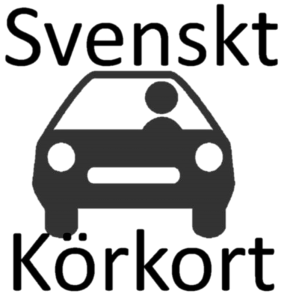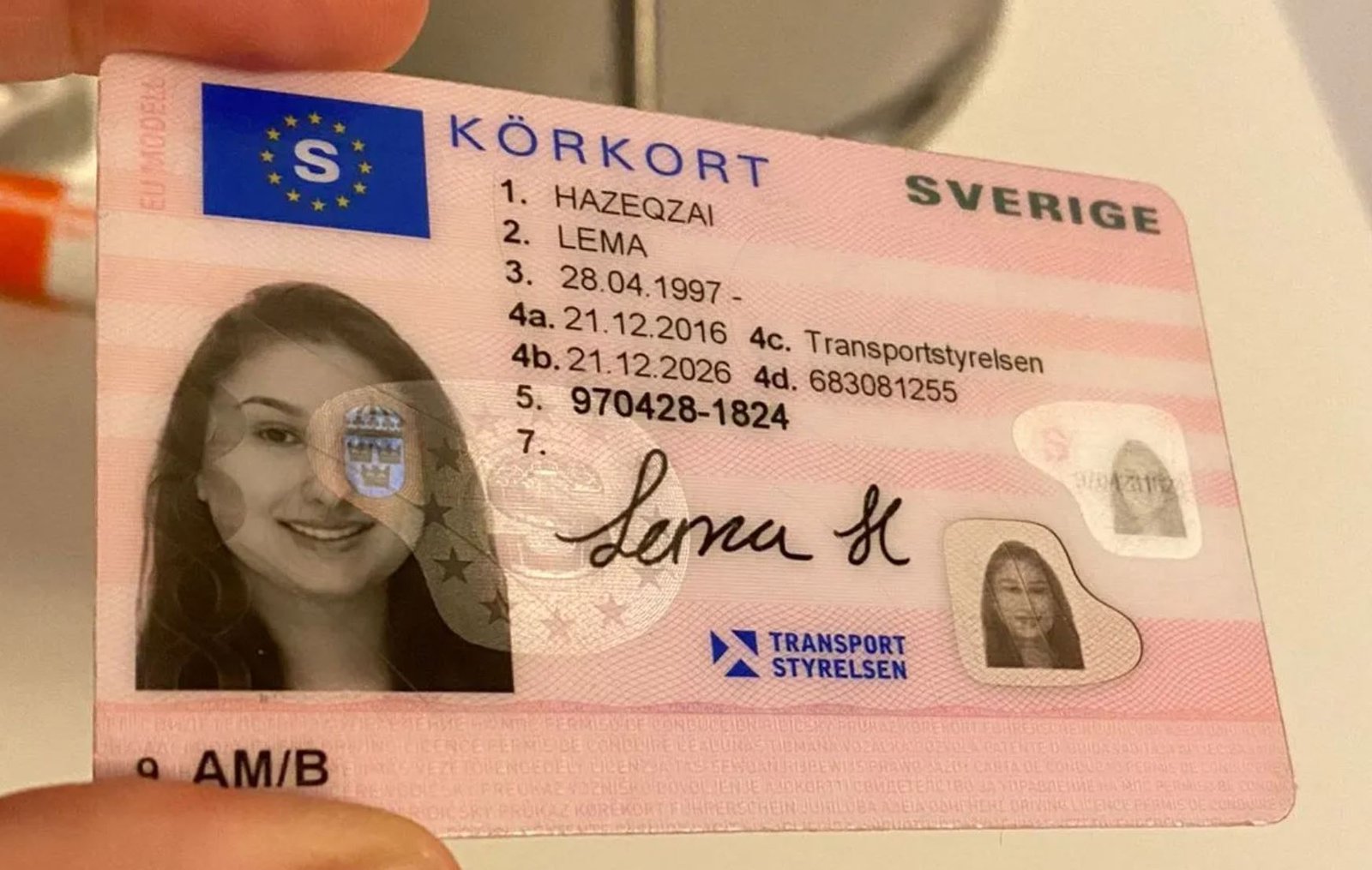
Emely Michel
Understanding the Driving License: A Comprehensive Guide
A driving license is an important file for people who want to run a motor vehicle lawfully. This guide intends to supply an extensive understanding of the driving license, including its types, requirements, application procedures, and the significance it keeps in today's fast-paced society.
What is a Driving License?
A driving license is a government-issued file that authorizes a specific to drive a motor automobile on public roads. This license is vital not just for adherence to the law however also as a step of competency to make sure that chauffeurs have the necessary abilities to operate a vehicle securely.
Kinds Of Driving Licenses
Driving licenses differ by jurisdiction, and they can be categorized into several types. Here's a breakdown:
License TypeDescriptionStudent's PermitA provisionary license enabling new motorists to practice under particular conditions.Full LicenseA standard motorist's license permitting the holder to operate most kinds of lorries without constraints.Commercial LicenseNecessary for individuals wishing to run commercial trucks or buses.Motorcycle LicenseSpecially designated for running motorbikes and motorcycles.International PermitPermits people to drive in foreign nations, supplied they have a legitimate national license.Why is a Driving License Important?
Holding a legitimate driving license has a number of benefits:
Legal Requirement: It is a legal requirement to drive on public roadways.Security Assurance: A driving license guarantees that the motorist has undergone essential training and assessments to operate a vehicle securely.Recognition: It works as a main kind of recognition, typically required for different services.Insurance Compliance: Many vehicle insurance coverage business require legitimate driving licenses as one of the conditions for releasing a policy.Employment Opportunities: Certain tasks need staff members to have a valid driving license, particularly those involving transport.How to Obtain a Driving License
The process of obtaining a driving license typically involves a number of actions, which can vary by region. Below is a standard outline of the steps to follow:
Eligibility Check: Most jurisdictions have age and residency requirements.Composed Test: Applicants normally need to pass a composed exam covering the rules of the road.Vision Test: A vision evaluation might be needed to make sure the candidate can see well enough to drive securely.Practical Driving Test: New chauffeurs need to show their driving abilities in a dry run.Application Submission: Complete the required types and submit the needed documentation, including evidence of identity and residency.Payment of Fees: Pay any associated fees for the application procedure.Waiting Period: Some areas have a probationary duration throughout which a student's license need to be held before a full license is issued.Common Requirements for ApplicationEvidence of identity (e.g., birth certificate, passport)Social Security number or equivalent recognitionProof of residency (e.g., energy bills, rental agreements)Completion of a chauffeur's education course (if applicable)Tables: A Comparative Look at Driving License Categories
The following table highlights distinctions in requirements and functions of various types of driving licenses:
Type of LicenseAge RequirementChecking RequirementsLimitationsStudent's PermitVaries, generally 15-16Composed, visionNeeds a licensed adult in the carFull LicenseGenerally 18+Written, vision, practicalNone (unless particular endorsements apply)Commercial LicenseNormally 18+Written, vision, practical, additional testsLimited to commercial cars justMotorbike LicenseVaries, typically 16Composed, vision, practicalGenerally limited to motorbikes onlyInternational Permit18+Valid nationwide license requiredValid in nations that recognize itFrequently Asked Questions About Driving Licenses1. How long does it take to get a driving license?
The timeline varies by area and specific scenarios, however a straightforward procedure that consists of taking a course and finishing tests may take a number of weeks to a couple of months.
2. What should I do if Körkort I Sverige (please click the next internet page) lose my driving license?
In case of loss, report the incident to regional authorities and make an application for a replacement through the appropriate automobile department.
3. Can I use an international driving authorization in my home country?
Most nations need a legitimate national license, and an international driving license is intended for use abroad. Constantly check local laws.
4. Exist specific laws for drivers under 18?
Yes, numerous places have actually graduated licensing laws that enforce limitations on younger motorists, such as guest limits and nighttime curfews.
5. What takes place if I get caught driving without a license?
Driving without a valid license can result in fines, lorry impoundment, and even legal charges, depending on local laws.
In conclusion, getting a driving license is a substantial milestone for numerous individuals. It involves a structured procedure created to ensure security and legality on the roads. Understanding the types, significance, and application procedures can empower possible motorists to browse their licensing journey with confidence. Whether for personal use or professional functions, a driving license is an important possession in the modern world.
A driving license is an important file for people who want to run a motor vehicle lawfully. This guide intends to supply an extensive understanding of the driving license, including its types, requirements, application procedures, and the significance it keeps in today's fast-paced society.
What is a Driving License?
A driving license is a government-issued file that authorizes a specific to drive a motor automobile on public roads. This license is vital not just for adherence to the law however also as a step of competency to make sure that chauffeurs have the necessary abilities to operate a vehicle securely.
Kinds Of Driving Licenses
Driving licenses differ by jurisdiction, and they can be categorized into several types. Here's a breakdown:
License TypeDescriptionStudent's PermitA provisionary license enabling new motorists to practice under particular conditions.Full LicenseA standard motorist's license permitting the holder to operate most kinds of lorries without constraints.Commercial LicenseNecessary for individuals wishing to run commercial trucks or buses.Motorcycle LicenseSpecially designated for running motorbikes and motorcycles.International PermitPermits people to drive in foreign nations, supplied they have a legitimate national license.Why is a Driving License Important?
Holding a legitimate driving license has a number of benefits:
Legal Requirement: It is a legal requirement to drive on public roadways.Security Assurance: A driving license guarantees that the motorist has undergone essential training and assessments to operate a vehicle securely.Recognition: It works as a main kind of recognition, typically required for different services.Insurance Compliance: Many vehicle insurance coverage business require legitimate driving licenses as one of the conditions for releasing a policy.Employment Opportunities: Certain tasks need staff members to have a valid driving license, particularly those involving transport.How to Obtain a Driving License
The process of obtaining a driving license typically involves a number of actions, which can vary by region. Below is a standard outline of the steps to follow:
Eligibility Check: Most jurisdictions have age and residency requirements.Composed Test: Applicants normally need to pass a composed exam covering the rules of the road.Vision Test: A vision evaluation might be needed to make sure the candidate can see well enough to drive securely.Practical Driving Test: New chauffeurs need to show their driving abilities in a dry run.Application Submission: Complete the required types and submit the needed documentation, including evidence of identity and residency.Payment of Fees: Pay any associated fees for the application procedure.Waiting Period: Some areas have a probationary duration throughout which a student's license need to be held before a full license is issued.Common Requirements for ApplicationEvidence of identity (e.g., birth certificate, passport)Social Security number or equivalent recognitionProof of residency (e.g., energy bills, rental agreements)Completion of a chauffeur's education course (if applicable)Tables: A Comparative Look at Driving License Categories
The following table highlights distinctions in requirements and functions of various types of driving licenses:
Type of LicenseAge RequirementChecking RequirementsLimitationsStudent's PermitVaries, generally 15-16Composed, visionNeeds a licensed adult in the carFull LicenseGenerally 18+Written, vision, practicalNone (unless particular endorsements apply)Commercial LicenseNormally 18+Written, vision, practical, additional testsLimited to commercial cars justMotorbike LicenseVaries, typically 16Composed, vision, practicalGenerally limited to motorbikes onlyInternational Permit18+Valid nationwide license requiredValid in nations that recognize itFrequently Asked Questions About Driving Licenses1. How long does it take to get a driving license?
The timeline varies by area and specific scenarios, however a straightforward procedure that consists of taking a course and finishing tests may take a number of weeks to a couple of months.
2. What should I do if Körkort I Sverige (please click the next internet page) lose my driving license?
In case of loss, report the incident to regional authorities and make an application for a replacement through the appropriate automobile department.
3. Can I use an international driving authorization in my home country?
Most nations need a legitimate national license, and an international driving license is intended for use abroad. Constantly check local laws.
4. Exist specific laws for drivers under 18?
Yes, numerous places have actually graduated licensing laws that enforce limitations on younger motorists, such as guest limits and nighttime curfews.
5. What takes place if I get caught driving without a license?
Driving without a valid license can result in fines, lorry impoundment, and even legal charges, depending on local laws.
In conclusion, getting a driving license is a substantial milestone for numerous individuals. It involves a structured procedure created to ensure security and legality on the roads. Understanding the types, significance, and application procedures can empower possible motorists to browse their licensing journey with confidence. Whether for personal use or professional functions, a driving license is an important possession in the modern world.

 Arabic
Arabic
 English
English
